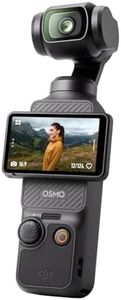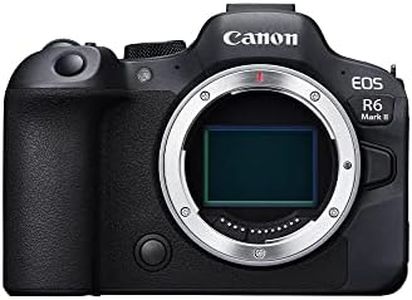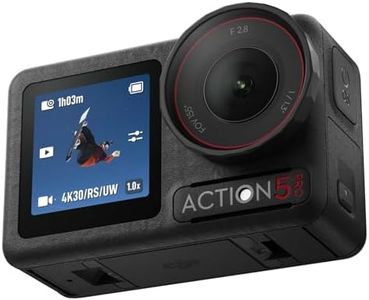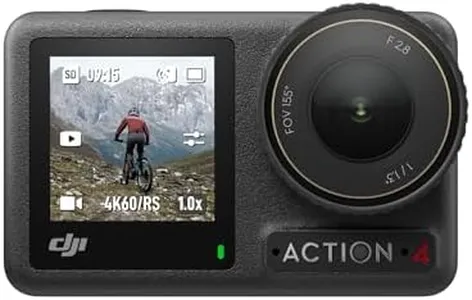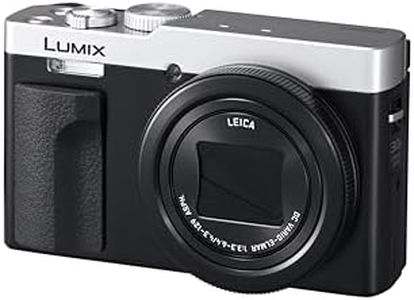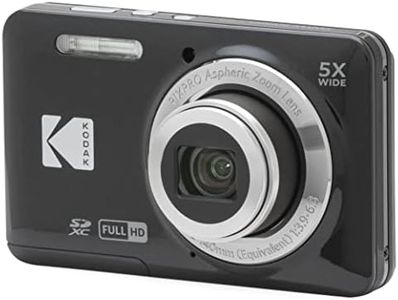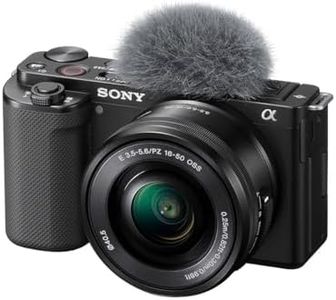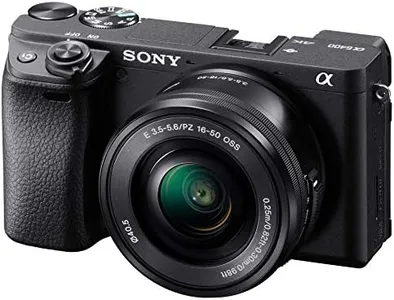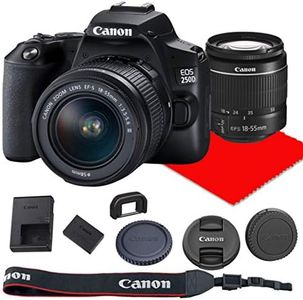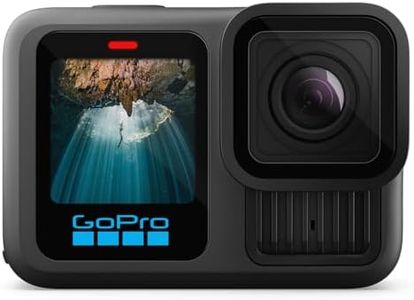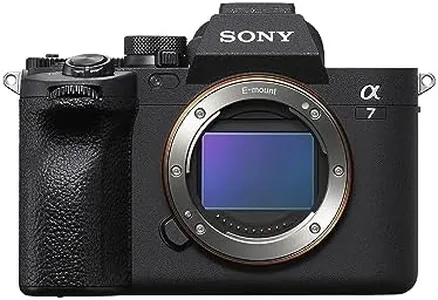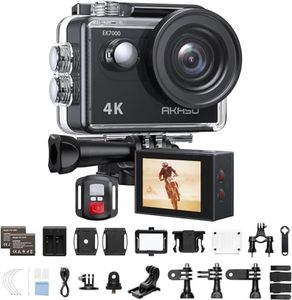We Use CookiesWe use cookies to enhance the security, performance,
functionality and for analytical and promotional activities. By continuing to browse this site you
are agreeing to our privacy policy
10 Best Handheld Video Cameras
From leading brands and best sellers available on the web.Buying Guide for the Best Handheld Video Cameras
Choosing the right handheld video camera means balancing your recording needs with features that make using the camera easy, enjoyable, and effective for your projects. Think about the kinds of videos you want to shoot, where you'll be filming, and what is most important for your style—such as portability, image quality, or creative effects. By understanding the key specifications, you'll be able to pick a camera that matches your intended use and helps you create the videos you envision.Sensor SizeSensor size refers to the physical dimensions of the camera's sensor, which captures light and turns it into video. A larger sensor generally means better image quality, especially in low-light situations, and allows for a more blurred background (which looks more cinematic). Smaller sensors keep cameras compact and are fine for basic recording, like family events or travel. If you want professional-looking videos with shallow depth of field and strong low-light performance, look for a larger sensor. For most casual shooting, a smaller sensor will be satisfactory and make the camera easier to carry.
ResolutionResolution tells you how many pixels your camera records, or in other words, how sharp and detailed the video will look. Common values are HD (1080p), Full HD, and 4K. Higher resolutions mean crisper images, but also create larger files. If you plan to share videos online or watch them on a regular TV, Full HD is usually enough. If you want more detail for editing or plan to display on bigger screens, choosing 4K offers more flexibility. Your choice depends on where your videos will be shown and how much detail you need.
Optical ZoomOptical zoom determines how closely you can view a subject without moving closer, using the camera’s lens instead of digital cropping. Higher optical zoom lets you capture distant objects without losing quality. If you’ll be filming wildlife, sports, or events from a distance, higher zoom is beneficial. For close-up filming like interviews or vlogging, lower zoom ranges are fine and often make the camera lighter and simpler.
Image StabilizationImage stabilization helps keep your videos steady, reducing blurriness and wobble, especially when filming handheld. This feature is crucial for action shots or when holding the camera for a long time. Good stabilization creates smoother, more professional-looking footage. If you expect to be moving a lot or filming while walking, strong stabilization is key. If you tend to film mostly on a tripod or stationary, you may not need advanced stabilization.
Audio InputsAudio inputs are connections for microphones or other audio equipment. High-quality sound is important, especially for interviews, presentations, or vlogs. Some cameras have built-in microphones only, which are convenient but may pick up unwanted background noise. Cameras with external audio inputs allow you to use better microphones for clearer, more focused sound. If audio is important in your videos, look for a camera with at least one external mic input.
Portability and WeightPortability relates to how easy it is to carry and handle the camera. Lighter cameras are preferable for travel, vlogging, or long shoots because they’re less tiring to hold and can fit more easily in bags. Larger models may have more features but can be heavy and bulky. Consider how and where you plan to record—if you expect to hold the camera often or travel with it, prioritize lighter and more compact designs.
Battery LifeBattery life determines how long you can record before needing to recharge or swap batteries. Long battery life is important for concerts, events, or long filming days, while shorter battery life may be fine for quick clips or home use. Think about how long your typical shoot lasts and whether you’ll easily have access to charging. If you need extended recording sessions, look for a camera with removable batteries so you can carry spares.
